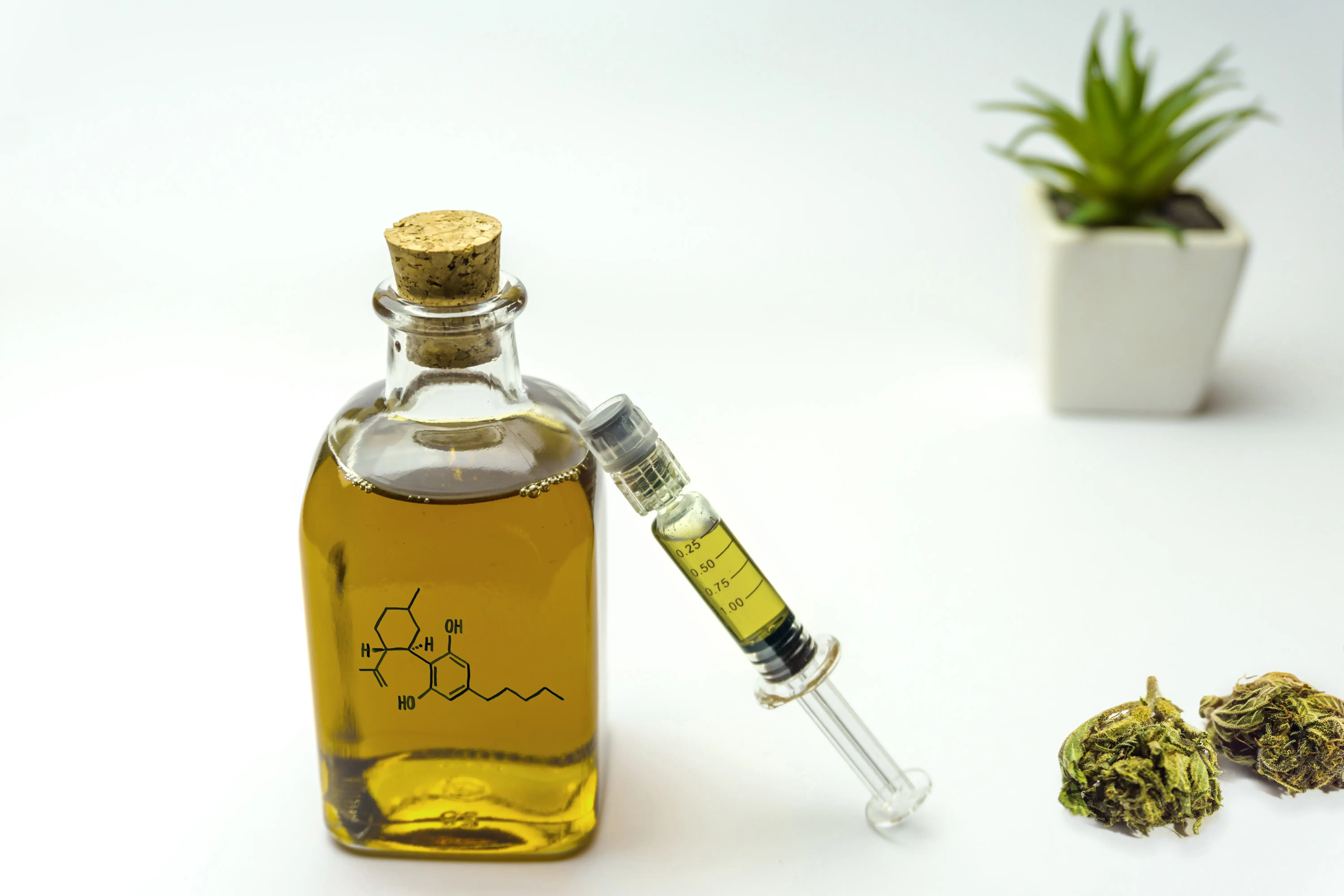
Hemp and weed look so similar, that sometimes legal transporters of raw hemp have been detained on cannabis possession charges. It may sound strange but it is true, especially where Adult-Use or recreational cannabis is not legalized.
There is a good reason they look so similar to each other; both hemp and cannabis are related. Both hemp and marijuana are the same plant species, classified as Cannabis Sativa L. Think of them as siblings from the same family. But they have different ‘personalities.’
Farms that grow hemp don’t have to work as hard to produce the plant. It is easier to grow commercial hemp than it is to cultivate marijuana for medical or recreational use. Hemp is grown worldwide, and it is used in commercial products, including health foods, fiber, clothing, cooking, and vape oil.
Harvesting and processing hemp involves using the whole plant. That includes leaves and stems. It is not just the flower or ‘bud,’ where the highest potency THC and psychoactive cannabis are collected.
Hemp plants produce a lot of pollen. And since the cultivator is not trying to selectively ‘breed’ or cultivate hemp plants, male and female plants are grown together outdoors. This allows for easy pollination by wind and an increase in the number of seeds produced.
Hemp plants are taller than their cannabis sibling varieties. They grow in tall stalks with few branches because they are the most valuable and profitable part of the crop. Some cultivators that specialize in hemp seed products have bred hemp that is bushier and lower to the ground. These plants typically produce a higher volume of seeds for oil products.
Historically hemp has been used to produce fabrics (like sails or clothing) and commercial ropes. In fact, if you visit an old farm you are likely to see coils of hemp rope. But (as many farm kids may have learned) smoking raw hemp will not get you high. Raw hemp averages 0.03% THC.
For cultivators of medicinal or recreational marijuana products, the agricultural goals and methods are entirely different. First of all, many types of cannabis are grown indoors. This is to protect the plant from cross-pollination with other cannabis strains.
It helps keep each strain unique for the psychoactive and medicinal properties that are unique to that strain. At the time of writing, there are 739 accepted and documented different strains of cannabis.
Pheno-hunting is how expert cultivators describe the scientific and molecular process that goes into growing quality marijuana. Cultivators use advanced genetic studies to stimulate specific properties in whole flower cannabis.
An excellent example of the amount of work that goes into cultivating marijuana for consumption? Take a look at the properties, psychoactive, and physiological effects of some strains of cannabis. Some types make you sleepy. Others can stimulate the appetite. Different strains can be useful for pain relief as strong analgesics.
Selective cross-breeding of plants retains desirable characteristics of whole flower marijuana. And hybrids are created from the same careful genetic processes and pheno-hunting to create new potent strains of marijuana.
The cannabinoids present in all cannabis plants (hemp and marijuana varieties) can provide wellness benefits. In states where medical marijuana has not been legalized, THC-free hemp is the next best thing. In most cases, I can be purchased as oil for sublingual uptake (drops under the tongue). It can also be provided in oil for vaping.
Most CBD oils derived from hemp do not have 0% THC. However, in many states, a maximum threshold of 0.03% THC is the legal limit. Anything hemp oil product above that 3% threshold can be considered marijuana, and a controlled substance, with legal penalties for cultivation, transportation, or sale.